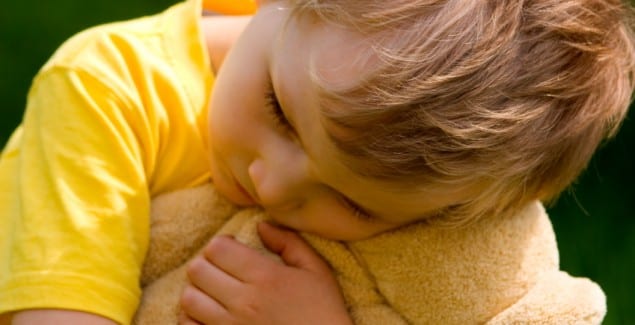What If My Child Won’t Part With His Special Toy?

Posted in: Grade School, Multimedia, Videos
Topics: Child + Adolescent Development
There was a common conversation that often happened when I was in college.
“What,” we would ask each other, “was the name of the blanket you carried around when you were a kid?”
“Blanky.”
“Big Red.”
“Actually, I didn’t have a blanket. I had a stuffed elephant named Gilbert.”
And so on…
The point is that almost everyone had one. Almost everyone had that one special blanket, or stuffed animal, or doll, or toy, that went to bed with him every night, got up with her every morning, joined the family at meals, and came along to weddings and movies.
Those things were filthy. You couldn’t wash the blanket. The stuffed elephant was an unnatural color of brown. And, to make matters worse, whenever you got stressed, you probably put the dirty thing into your mouth. Or the dog’s.
Not to worry, though. Kids have pretty good immune systems—they’re not going to get sick from putting a dirty blanket in their jaws.
But what about the question of dependency? Can a child get too attached to these blankets, stuffed animals, or toys?
Usually not. In fact, child development experts know a lot about these practices. That one special thing that kids won’t go without, usually starting around age 11 months at the youngest, is called a “transitional object.” A pediatrician named Winicott coined this term in the early 1950s. It wasn’t like he was noticing anything new. Kids have had special blankets for as long as there have been blankets. But, Winicott sought to explain the purpose of these blankets. That’s the source of his term.
A transitional object serves as an intermediate step between dependence and burgeoning independence. An 11-month-old or 3-year-old (depending on his or her own unique development) is realizing that he or she can do things increasingly without the help of a parent. She can get a cookie on her own. He can flush the toilet by himself.
But, that newly-found independence can also be scary. Winicott realized that kids were using these special objects as proxies for their parents. In other words, you can’t always have your mommy next to you, but you can always have Gilbert the stuffed elephant.
Don’t worry about dependency; virtually all transitional objects disappear by age 6 to 8. Winicott himself noted this as well. The object is internalized, he explained, meaning that the concept of the parent that the object represents is now part of the child’s sense of self and efficacy. He now has Mommy or Daddy with him on the inside, and the need for the object therefore changes from something visceral that he can hold, to something psychological that he can consciously or unconsciously conjure.
So, don’t take the objects away. Most kids are amazingly tolerant of other kids’ blankets, so your child won’t be ostracized for having a special stuffed animal. Let your child use the object to get used to being more and more on his own. It’s all part of growing up.
This article originally aired as an ABC News segment on 11/02/2009.
Was this post helpful?
Newsletter
Subscribe Today
Your monthly dose of the latest mental health tips and advice from the expert team at The Clay Center.
SubscribeMultimedia
Quick Jumps
Tag Cloud
-
addiction
ADHD
adolescents
anorexia
anxiety
autism
behavior
CBT
child development
children
college
communication
covid-19
depression
digital media
dyslexia
eating disorder
evaluation
family
fear
healthy development
learning
learning disabilities
learning disability
mental health
mental illness
parenting
parents
Podcast
PTSD
relationships
resilience
school
shrinking it down
social media
stigma
stress
suicide
technology
teenagers
teens
therapy
trauma
treatment
violence

 Share
Share Tweet
Tweet





